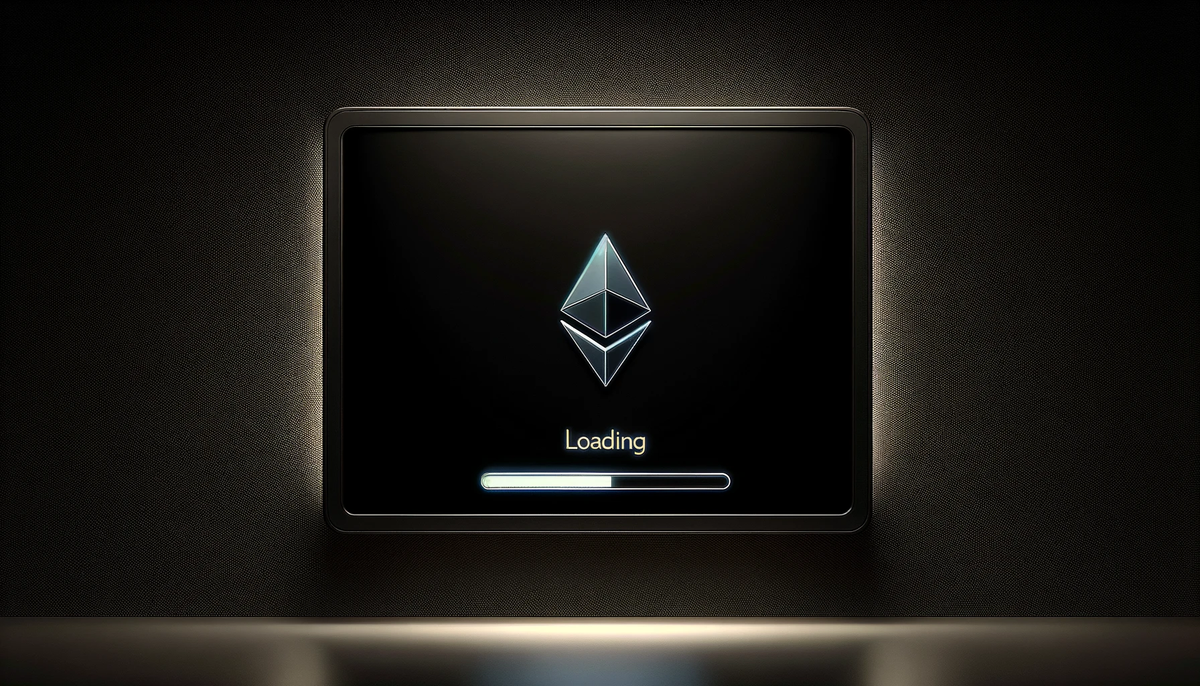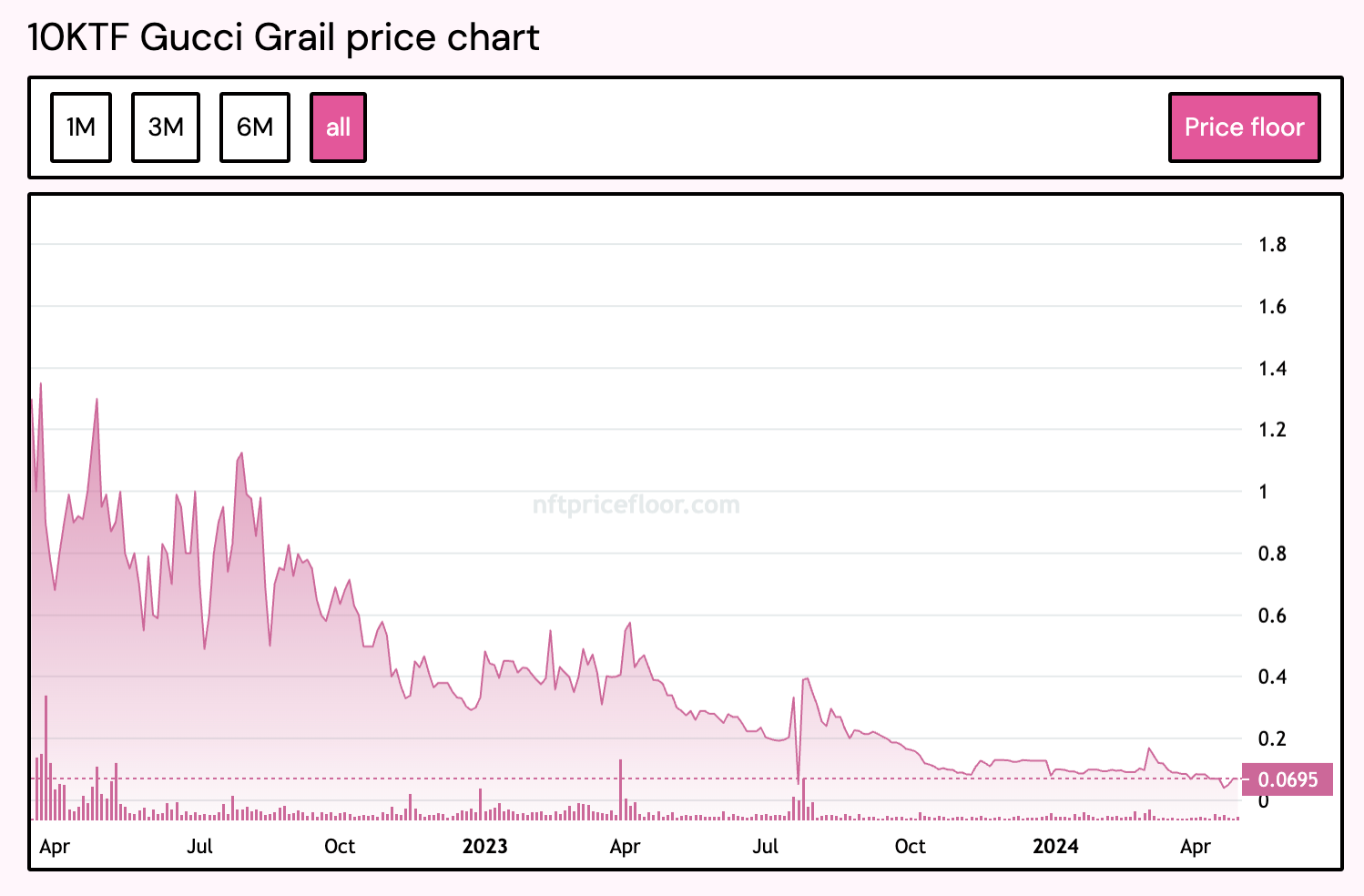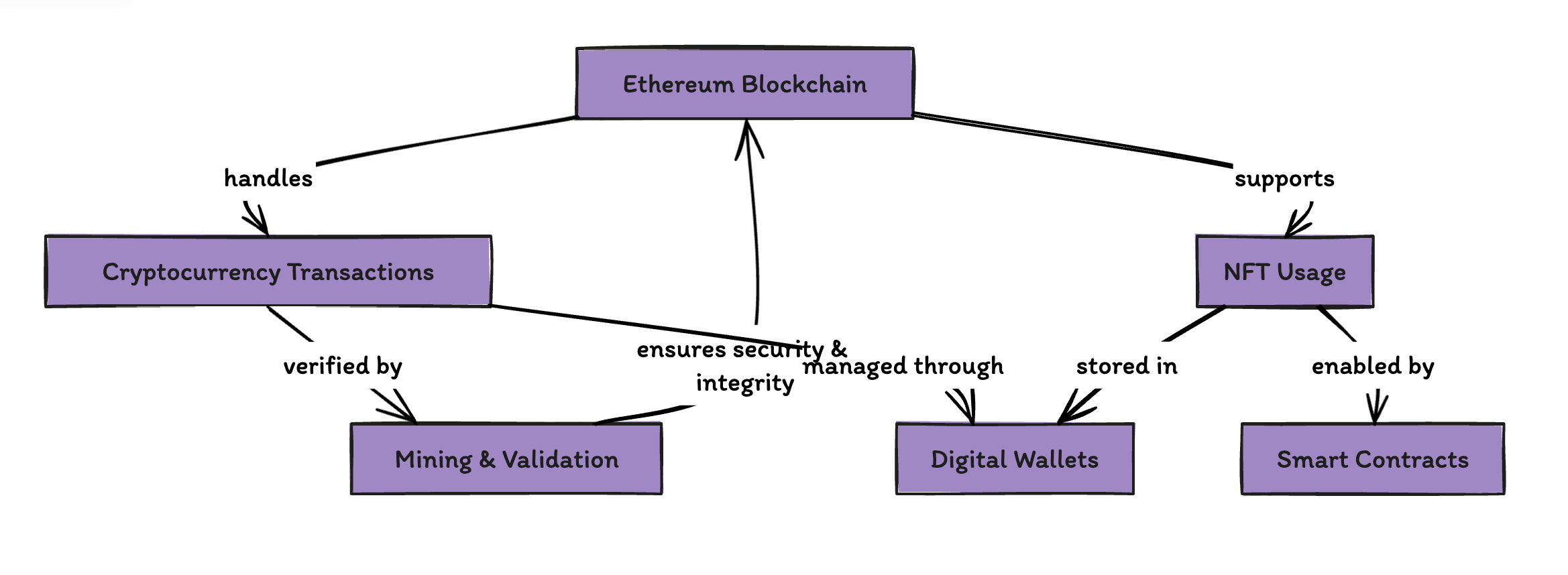We're still Waiting On Web3…

We’re almost there. Not quite… but almost.
I love to read to my kids. My oldest daughter is six years old and reading chapter books (🤯!!!), and she’s just now starting to accelerate her comprehension. A favorite memory is my mother-in-law reading Aesop’s Fables to her during one of my in-laws’ recent visits. These are rich stories and terrific for teaching lessons about life. Especially to young, impressionable minds.
A classic among these stories is “The Tortoise and the Hare.” You know the synopsis: the hare brags about being incredibly fast, so the tortoise challenges the hare to a race. Sure enough, the slow-and-steady tortoise beats the hare. The lesson is great for young kids. Persevere, give steady effort and you will succeed. Said more bluntly — you don’t always need to be the fastest to win.
In marketing, being first is often considered a key outcome. Being first is associated with being innovative. It symbolizes a forward-thinking, creative mentality. Those PR hits from the trade media are addictive. However, sometimes it’s better to wait.
In 2021, web3 became a thing. NFTs were the hottest topic. Beeple sold some wild art for $69MM. Big brands like Gucci and Nike started diving into different blockchain-based marketing. Shoot, even Walmart started dipping a toe into the waters of web3-adjacent platforms like Roblox. By late 2022 we had Nike’s DotSwoosh and Starbucks’ Odyssey; full-fledged membership programs aimed at building engagement through the blockchain. It seemed like a gold rush. Until it wasn’t.
By 2023, NFT acquisition, usage, and value had dropped precipitously. Look no further than the Bored Ape Yacht Club — by all measures the gold standard of a web3 community. Since 2022 and the peak of NFT fervor, the average BAYC token’s value has dropped 90%. Ninety. Percent.
Traditional brands’ programming isn’t faring much better. Liquid Death launched a very creative program, The Murder Head Death Club, that now sees its tokens trading for an average of $31, down from a peak of $250 two years ago. That’s down significantly from the initial launch bump. Gucci’s token program, Gucci Grail, has lost value as well — the average token trades for around $155, down from the launch peak of $4,200. Then there’s Starbucks — the company has shut down the Odyssey program after only fifteen months.

It’s apparent we’ve hit the “trough of disillusionment” with blockchain-based marketing. Consumers are not seeing the value of the tokens. Blockchain adoption remains slow. Brands continue to shutter their programs. I believe there are four key reasons why are seeing this downturn.
Complexity
The blockchain and web3 platforms remain a complicated environment. There are currently over 40 different blockchains publicly available. This would be akin to developing a native app for 40 different mobile phones OS. Each blockchain is tailored to various needs, such as financial transactions, decentralized applications, and more. On top of the blockchains themselves, there is added complexity with various cryptocurrency’s compatibility with the chains, and setting up a crypto wallet. TL;DR: you can’t just authenticate with your Apple ID and dive in. Much of this might happen in the background, but it’s human psychology to distrust something you don’t understand.

Investment
Committing resources to the blockchain requires a more multifaceted investment than in other marketing mediums. Specialized marketing and technical engineering skills are required to implement programming. In some cases, IT collaboration is needed to buy or build integrations with existing systems. There’s a financial and legal component to consider also, since blockchain marketing requires the use of smart contracts. Companies need to file financial reporting on crypto transactions, and that can be burdensome for a publicly traded company that’s operating with a low level of knowledge.
Rate of Return
To date, only about 3-5% of the global population is utilizing the blockchain. Compare that with social media, where nearly two-thirds of the world is using social media apps weekly. Web3 is still a long road to realizing ROI, and for companies facing short, shifting consumer attention patterns in highly competitive markets, the urgency of now can outweigh the desire to future-proof a business.
Brand Reputation
Roblox isn’t exactly a web3 platform, but it’s a bridge to that world. The platform has exploded in popularity since 2021; by the end of last year, Roblox reported 65MM daily active users. However, most of the platform’s active users are under the age of 18. That presents plenty of challenges for brands who need to consider regulations governing the ability to market to minors — and whether those people are even the target to begin with. Roblox touts the 17-24 age group as its fastest-growing segment, but like much of web3, that means most companies are going to tread lightly before engaging.
Here is where I’ll say that I do believe in web3 as a marketing vehicle long-term. I believe brands need to be experimenting within the space and building blueprints alongside the blockchain industry. There are tremendous general upsides to blockchain:
- Trust and Transparency: Blockchain technology ensures a high level of transparency and security, making every transaction traceable and immutable. This fosters trust among users and clients; they can verify the authenticity and history of products and claims. For marketers, this means increased credibility and consumer confidence in brand messages and transactions.
- Enhanced Customer Engagement: Web3 offers interactive and immersive experiences through virtual reality and decentralized applications, creating new avenues for customer engagement. This technology allows for the creation of unique, personalized user experiences that can strengthen customer relationships and boost brand loyalty. Marketers can leverage these tools to create compelling, engaging campaigns that resonate deeply with their audience.
- Ownership and Control: NFTs empower users with true ownership and control over their digital assets, from art and music to virtual real estate and beyond. This shifts the power dynamics, giving consumers and creators more control over their content and how it is monetized. Marketers can use this to build stronger, more direct relationships with their audience, offering exclusive content and experiences that are truly owned by the user.
- New Revenue Streams: The integration of NFTs and blockchain into marketing strategies opens up novel revenue streams such as tokenization of assets, where brands can monetize exclusive content or experiences through NFT sales. This generates additional income and adds a layer of value to the consumer, enhancing their interaction with the brand. Marketers can capitalize on this by developing limited-edition digital assets that increase in value over time, creating a sense of scarcity and urgency.
- Decentralized Marketing Platforms: Web3 enables the creation of decentralized marketing platforms that operate on democratic principles, where users can participate in decision-making processes. These platforms can disrupt traditional advertising models by eliminating middlemen and fostering direct interactions between brands and consumers. Marketers can leverage these platforms to run more targeted and efficient campaigns, optimizing advertising spend and increasing ROI through direct community engagement.
Remember our friends the tortoise and the hare? It’s time for marketers to apply that fable’s valuable lesson when evaluating, pitching and developing web3 marketing plans. Slow and steady wins. Focus your work on a three-pillar approach: focus, education, and experimentation. Emphasize ‘basic brilliance’ that can guide the work.
For starters, root yourself in reality. Who are your current customers? How different are they from those you hope to reach? And are any of those people currently utilizing blockchain, tokens, or crypto? If the answers are “I don’t really know,” “🤷🏼♂️” and “😳” then you should take a step back and consider if this is a rabbit hole worth the dive. It’s vital to have a clear understand of how your current customers and potential new buyers are or are not using web3 today.
Next, you need to have a well-defined approach to community enablement. I’m not talking about rapid-fire responses to comments. I’m talking about an in-depth understanding of the tribes within your audiences and the fandoms your brand intersects with (or desires to). What is your CRM strategy? How does social media fit in as a layer? Email? Media cohorts? If you don’t have this mapped out, your web3 work will be DOA. You need a clear value proposition, goals, and KPIs for how web3 is additive to your brand experience.
Along the way you’ll need collaboration — most crucially from teams in IT, Legal, and Finance. Educate those stakeholders. Bring them along in the early stages of developing your vision for how web3 will bring incremental gains to your company. A roadmap built in collaboration is always stronger than one that’s hatched in a silo and pitched at the last step.
Part of the collaborative buy-in means defining the initial stages of experimentation. You’ll need to set clear objectives and expectations. Develop a learning agenda. Emphasize learning to streamline from one step to the next, reducing cost and time as you go. This is a marathon, not a sprint.
Like our friend the tortoise, the key is patience. Learn from the brands who have already tried to delve into this arena. This is how it can pay to be second to the marketplace. You can digest the moves and outcomes from the initial players to build (potentially) a better roadmap for yourself. That said, you can’t rush this. It will take time for the blockchain environment to mature, and for adoption to become mainstream. There will be twists and turns en route. It will also take time for your investment to pay off. Let the flashy headline-seeking projects fade into the background like white noise. Brands that develop clear, confident community strategies to employ in web3 will be the winners.




